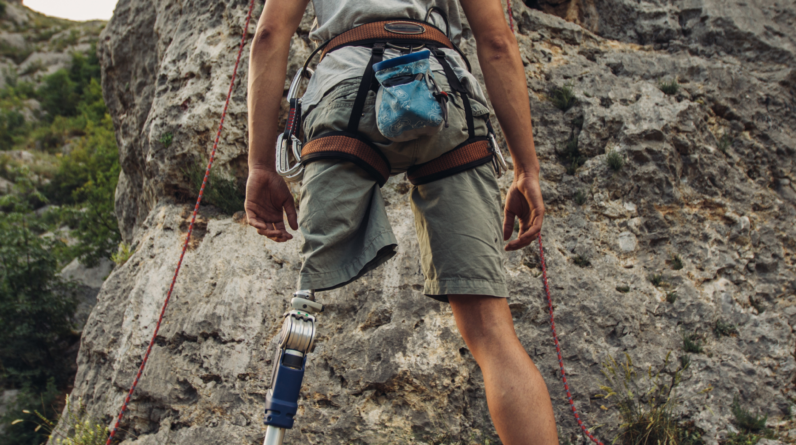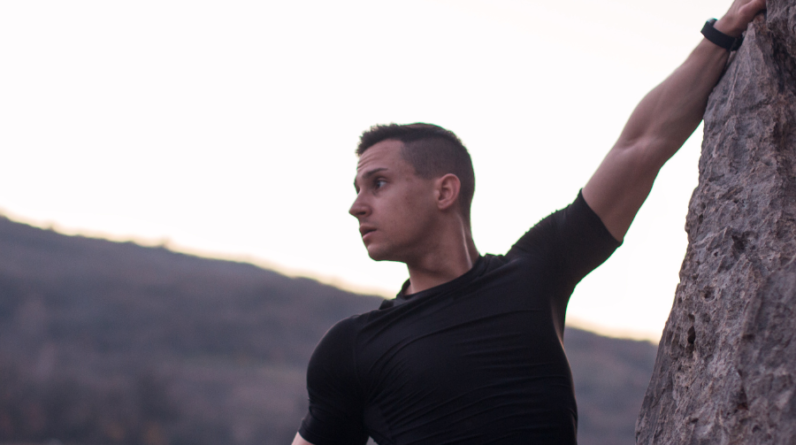
Rock Climbing Basics – Flagging and Mantling

Using the flagging technique, a climber will position themselves on a wall and stick one leg out to gain a better grip. This will keep the body stable and prevent the climber from swinging off the wall. This is a good move for beginners and intermediate climbers.
Aside from helping you find your feet on a climbing wall, flagging is also a useful trick for reducing the energy you need to reach your destination. It may not be the most exciting move, but it’s important.
Flagging is usually paired with another move called mantling, which extends your reach when your next hand hold is out of reach. This is a key movement for finishing boulder problems. You’ll be surprised at how often you find yourself needing to flag. Flagging is a great way to increase your overall efficiency and reduce the energy you need to move to the next hand hold.
The best part about flagging is that you can get the same effect using only one foot. You can even try flagging with only one hand, but you’ll need to be a bit more adept at mantling to really reap the benefits.
In addition to flagging, you can also use the toe-pin drill to stabilise your core. This involves turning your big toe aggressively against the wall and pinning it with your other foot. Once you have pinned your toe to the wall, you can then begin the upward motion. This is a great drill for beginners because it is very simple. You’ll notice your balance improving after a few tries.
Flagging is one of the first climbing moves you’ll learn. It’s also one of the most important, but many climbers neglect it. Using the flagging trick will help you save energy and reach your goal with more success. It is also an important skill to learn for indoor climbing. Flagging will also help you avoid the “barn door” effect, where you fall over without using your hands and feet to stabilize you.
There are many other important climbing moves, but flagging and mantling are the ones you’ll need to learn to use. A good flagging trick is to position your hands and feet over the same side of the wall. This way, you’ll be able to leverage the gravity of the rock to your advantage. It’s also a good idea to have a partner when flagging. This way, you can both practice flagging together and see which works best for you.
Besides flagging, there are other tricks to learn, such as the dyno-leap, which involves both of your feet leaving the rock face. This trick is especially useful on overhanging terrain. You can also use the smear trick, which involves putting the sole of your foot on a rock. This trick is also useful on slabs because your hips won’t get in the way of your feet.
The smear is a little more complicated than the smirk, but it’s not as scary as it sounds. It involves using high friction to create a “smear” around a rock. You can use this trick on recovery days to regain your energy and improve your balance.






